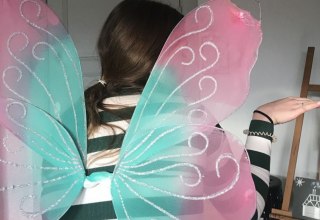The painter Georg Friedrich Kersting (1785-1847) was born in Güstrow and, along with Caspar David Friedrich and Philipp Otto Runge, is one of the most important painters of German Romanticism. Just like them, he received his education at the Royal Academy of Art in Copenhagen, which was one of the most advanced of its kind in Europe. His birthplace is now privately owned, and his works can be seen in the city museum.
Georg Friedrich Kersting grew up in Güstrow as the son of a master glazier in modest circumstances. His birthplace at Hollstraße 6, a simple half-timbered house whose oldest construction phase dates back to the middle of the 16th century, bears witness to this. Between 1982 and 1985, the VEB Denkmalpflege Schwerin, Restoration Workshop Güstrow, extensively renovated the building, which is of great architectural and historical value.
On the 200th birthday of the artist in 1985, the house was opened as a museum commemorating this important painter of German Romanticism. The museum was closed in 1994. The house where Georg Friedrich Kersting was born is now privately owned. A permanent high-quality collection of Kersting's paintings and drawings can be found in the Güstrow City Museum.

















